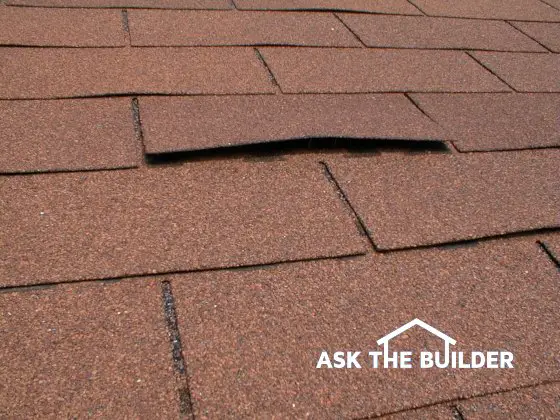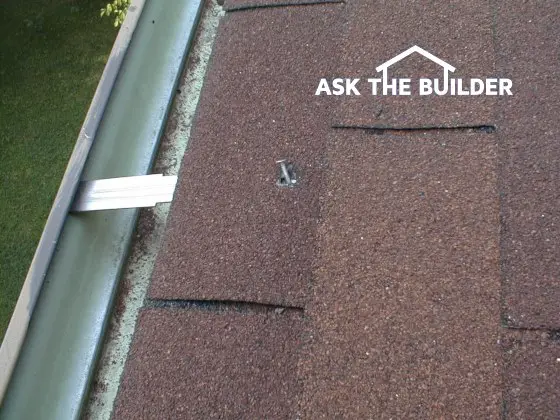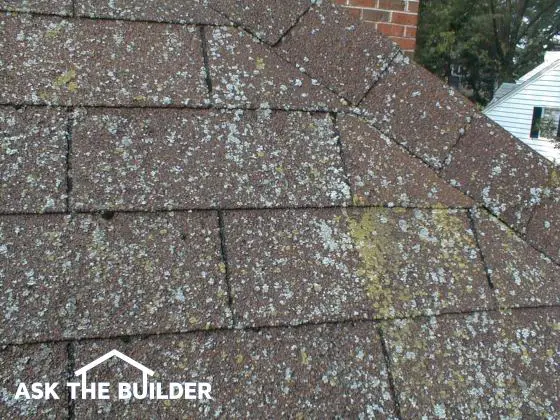Roof Maintenance

Roof Maintenance
DEAR TIM: In a perfect world, I would think that a roof would require little or no care. Is that the case? Do I need to maintain my roof just like other parts of my home? If so, what should I do and how often should I do it. What are the common roof trouble spots? Frank M., Portland, OR
DEAR FRANK: There are a few perfect places on the planet, that have ideal conditions for those who have no interest in roof care and maintenance. One of them is the Atacama Desert in Chile. Portions of this desert rarely, if ever, get rainfall. It is considered by many to be the driest place in the world. Since most of us don't live there, our roofs are quite possibly one of the most important components that keep us and our possessions protected from the weather. I suggest you pay attention to your roof, if you want to stay dry on a regular basis.
Not all roof materials are created equal. Some materials require very little, if any care. Among those are slate, metal, tile and other similar durable materials. Metal roofing materials, that contain steel, need to be protected with a tin or zinc alloy or highly durable paints to stop rust. Copper and stainless steel roofing is rustproof, but it can wear out over time as will all roofing materials. Unfortunately, the roofing materials that are the most durable come with a price tag that will take your breath away.
Asphalt based materials are by far the most common roofing product in the USA. Many of these will last for 35 years or longer, if applied according to manufacturers specifications. I think they are an incredible bargain. Asphalt shingles also last longer on steeper sloped roofs. These roofs shed water faster and this helps extend the life span of the asphalt products. Excellent under roof ventilation will also help extend the life of an asphalt shingle roof. This air movement in the attic space allows the roof deck to stay as cool as possible.
It is a good idea to perform at the very minimum an annual roof inspection. Mother Nature always bats last and she can force water into your home any number of ways. Furthermore, workmanship defects can cause problems to appear at any given time.
The biggest problem areas tend to be roof flashings. Flashings are transitional roof materials that connect roofs to other parts of the house. You will find flashings at chimneys, plumbing vent pipes, and locations where roofs touch up against a vertical wall that rises above the roof. Inspect these flashings and look for rust, cracks, or other openings where water may enter. In my opinion tin and copper make the best flashing material because these metals can be soldered. Never use aluminum flashing material in brick or masonry. The alkaline chemicals in the mortar corrode the metal. If you see caulk or roofing cement around flashings, it is a strong possibility that trouble is just around the corner.
 Check the entire roof surface and look for nails that have popped up through the roofing. Believe me, it can and does happen! Look for loose or cracked shingles. Pay attention to the recessed groove areas in between each individual shingle. The top of this knockout or groove is usually the first place you will see loss of the small colored granules. Once the colored granules disappear, the asphalt below is subject to accelerated deterioration.
Check the entire roof surface and look for nails that have popped up through the roofing. Believe me, it can and does happen! Look for loose or cracked shingles. Pay attention to the recessed groove areas in between each individual shingle. The top of this knockout or groove is usually the first place you will see loss of the small colored granules. Once the colored granules disappear, the asphalt below is subject to accelerated deterioration.

Moss and lichen buildup on roofs can also be a problem, especially on asphalt roofing. These organic materials can keep the roofing material damp for extended amounts of time and this causes premature failure of the roof. Moss and lichen buildup can often be removed by using a garden hose with a good nozzle. Direct a concentrated stream of water at the growth deposits, but always aim the water down the roof. Never direct water up under roofing materials. Once the roof is clean, you can minimize future growth by installing copper strips near the top of the roof. Each time it rains, small invisible amounts of copper are deposited on the roof. This acts as a poison and inhibits moss and lichen growth.
Column 374